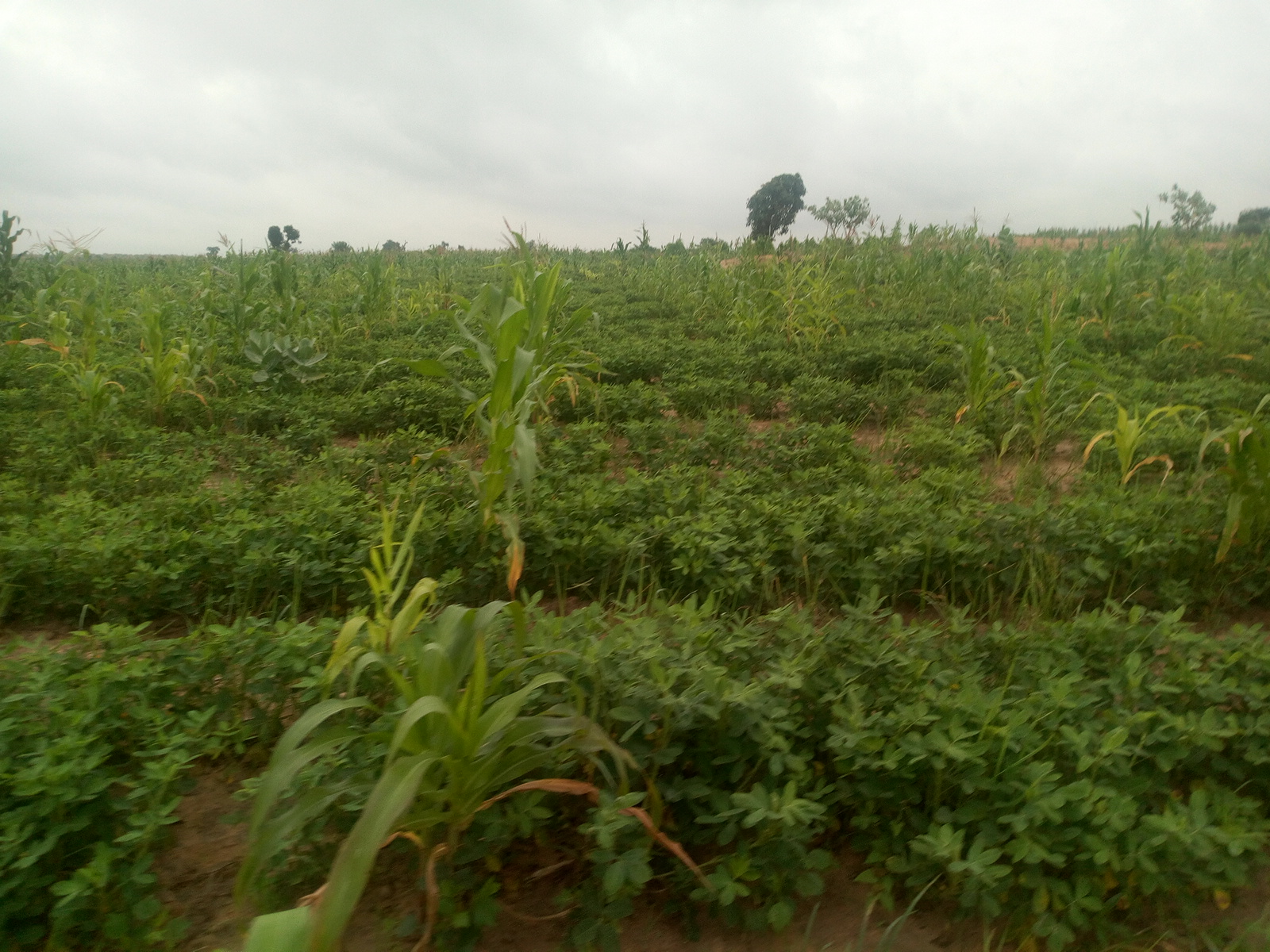Mixed cropping, also known as intercropping, is an agricultural practice that involves planting two or more crops in the same field at the same time. This practice can help maximize agricultural productivity by improving soil fertility, reducing pest and disease pressure, and increasing crop yields.
Here are some ways in which mixed cropping can be used to maximize agricultural productivity:
- Soil fertility: Mixed cropping can help improve soil fertility by reducing soil erosion and nutrient depletion. This is because different crops have different root depths and nutrient requirements, and by growing them together, they can better utilize available soil nutrients and prevent soil erosion.
- Pest and disease management: Mixed cropping can also help reduce pest and disease pressure. By growing different crops together, pests and diseases that may attack one crop are less likely to spread to the other crops, thus reducing the need for pesticides and other control measures.
- Crop yields: Mixed cropping can increase crop yields by maximizing the use of available resources such as sunlight, water, and nutrients. When crops with different growth habits and rooting depths are planted together, they can better utilize available resources and produce higher yields compared to monoculture systems.
- Diversification: Mixed cropping can also help farmers diversify their income streams by producing a variety of crops that can be sold at different times throughout the year. This can reduce the risk of crop failure and help ensure a steady income for farmers.
Some examples of crops that can be mixed-cropped include legumes and cereals, such as maize and beans, or fruits and vegetables, such as tomatoes and peppers. The key is to choose crops that have complementary growth habits and nutrient requirements and to plan the planting and harvesting schedules carefully to maximize yields.
In conclusion, mixed cropping is a valuable tool for maximizing agricultural productivity. By improving soil fertility, reducing pest and disease pressure, increasing crop yields, and diversifying income streams, mixed cropping can help farmers achieve greater food security and economic stability.



